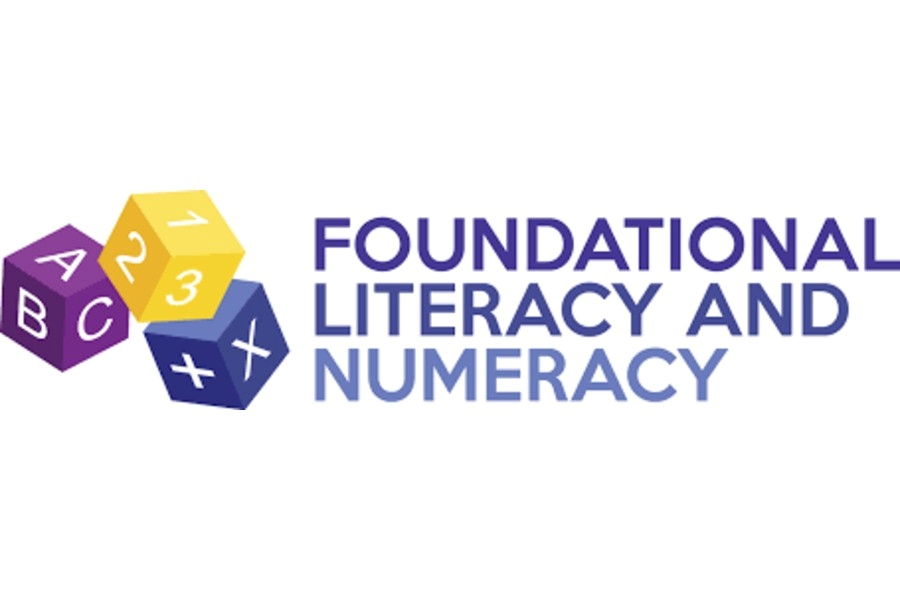Developed by the Securities and Exchange Board of India (SEBI),the development of the Business Responsibility and Sustainability Reporting (BRSR) framework isconsidered to be a significant evolution in the corporate sustainability reporting landscape in India. It represents a structured approach towards integrating Environmental, Social, and Governance (ESG) factors into corporate reporting and disclosure and is in line with some of the best global ESG disclosure practices.
In India, the journey towards BRSR began with the introduction of the National Voluntary Guidelines (NVGs) on Social, Environmental, and Economic Responsibilities of Business by the Ministry of Corporate Affairs (MCA) in 2011, which were developed to encourage businesses to adopt responsible practices and report on their sustainability initiatives voluntarily.
From Voluntary to Mandatory: The Journey of the BRSR Framework
In 2012, SEBI took a decisive step by mandating the top 100 listed companies by market capitalisation to include a Business Responsibility Report (BRR) as part of their annual reports. This move was aimed at making the disclosure of non-financial information a standard practice among major corporations, thereby increasing transparency and accountability.
Over the next few years, the scope of BRR was expanded. By 2015, SEBI extended the BRR requirement to the top 500 listed companies. This period also saw the development of sector-specific guidelines to help companies tailor their reporting to the unique challenges and opportunities within their industries. Recognising the need for a more comprehensive and globally aligned reporting framework, SEBI initiated the transition from BRR to BRSR. This transition was influenced by the evolving global ESG landscape and the adoption of frameworks like the Global Reporting Initiative (GRI) and the Task Force on Climate-related Financial Disclosures (TCFD).
It was only from 2022-2023 that SEBI made BRSR reporting mandatory for the top 1000 companies (by market capitalisation) in India.
Key Objectives of BRSR
As mentioned above, the BRSR framework was introduced with several key objectives in mind. Some of these objectives are:
- Enhancing Transparency: One of the primary objectives of BRSR is to enhance transparency in how companies report their ESG practices. By providing detailed and standardised disclosures, stakeholders—including investors, customers, employees, and regulators—can gain a clearer understanding of a company's sustainability initiatives and performance.
- Accountability: BRSR aims to hold companies accountable for their impact on society and the environment. Through detailed reporting requirements, companies must disclose their ESG-related activities, policies, and performance. This level of accountability ensures that companies are not only aware of their responsibilities but are also taking tangible actions to meet them.
- Alignment with Global Standards: Another key objective of BRSR is to align Indian companies with international sustainability reporting standards. The framework draws inspiration from global frameworks GRI and the TCFD. By aligning with these global standards, BRSR helps Indian companies compete on an international level, making it easier for them to attract foreign investment and participate in global markets.
How Does BRSR Work?
All listed companies in India are required to prepare and submit a BRSR annually as part of their annual report. This requirement is phased and applicable to the top 1,000 listed companies by market capitalisation.
SEBI requirescompanies must collect data across various parameters related to the nine principlesof the National Guidelines on Responsible Business Conduct (NGBRCs), issued by the MCA in 2019. This includes quantitative data (like energy consumption and waste generation) and qualitative information (like policiesand initiatives).
The collected data is then disclosed in a standardised format determined in the BRSR disclosure guidelines so that it is easier for stakeholders including investors to understand and compare the sustainability performance of different companies.
While not mandatory, companies filing their disclosures based on BRSR can also get their disclosuresverified independently to enhance the credibility of their report.
Structure of the BRSR Framework
The BRSR framework is structured to provide a comprehensive and detailed account of a company’s sustainability practices and performance. The framework is divided into three main sections: General Disclosures, Management and Process Disclosures, and Principle-wise Performance Disclosures. Each section serves a specific purpose and requires different types of information from the companies.
1. General Disclosures:This section focuses on providing basic information about the company. It includes:
- Corporate Identity:This includes details such as the company’s name, registered office address, corporate identity number (CIN), and other identifiers.
- Ownership and Management:This includes information about the ownership structure, including details of major shareholders, the board of directors, and key managerial personnel.
- Business Activities: A brief description of the company’s business activities, including the sectors in which it operates, its products and services, and geographic presence.
- Employee Information: Data on the number of employees, including full-time, part-time, and contractual workers, as well as details on gender diversity and employee turnover rates.
2. Management and Process Disclosures: This section focuses on the company’s policies, governance structures, and management processes with regard to ESG. It includes these aspects:
- Policies on ESG: Information about the company’s policies on various ESG issues, such as environmental sustainability, human rights, employee welfare, and community engagement. Additionally, companies need to disclose whether these policies are publicly available and how they are communicated to stakeholders.
- Governance Structure: Details on the company’s governance structure including the roles and responsibilities of the board of directors and senior management in overseeing ESG matters.
- Risk Management: An overview of the processes in place to identifyand manage ESG-related risks. This can include environmental risks, social risks, and governance risks.
- Stakeholders: Information on how the company engages with its stakeholders, including methods of communication, frequency of engagement, and key issues discussed.
3. Principle-wise Performance Disclosures
This is the most detailed section of the BRSR framework. BRSR includes 9 principles against which a company’s performance is reported. As per the nine principles, a business should:
- Be Ethical, Transparent, and Accountable: Companies must report the ethical practices and transparency measures they take includingwhat they do to ensure accountability on their part. This includes information on anti-corruption policies, whistleblower practices, and compliance with ethical standards.
- Provide Goods and Services that are Sustainable and Safe: Companies need to disclose how they ensure that their products and services are sustainable throughout their lifecycle. This can include details on sustainable sourcing, product safety, and their efforts to reduce the environmental impact of products.
- Respect and Promote Well-being of Employees: Information on initiatives and policies aimed at promoting the well-being of its employees. This includes health and safety measurestaken by the company,training and development programs, and efforts to ensure diversity and inclusion.
- Respect the Interest of Stakeholders: Companies should be transparentabout how they engage with their stakeholders, such as customers, suppliers, investors, and the community. This includes information on feedback processes and how stakeholder input is incorporated into decision-making.
- Respect and Promote Human Rights: Details on how the company respects and promotes human rights, including policies and practices related to non-discrimination, freedom of association, and labour rights.
- Protect and Restore the Environment:Information on the company’s environmental management practices, such as efforts to reduce energy consumption, water usage, waste generation, and greenhouse gas emissions. This also includes details about the company’s efforts in biodiversity conservation and pollution control
- Responsible and Transparent When Influencing the Public: Companies need to disclose their approach to public policy and compliance with regulatory requirements. This includes information on lobbying activities, memberships in industry associations, and efforts to influence public policy in a responsible manner.
- Promote Inclusive Growth and Equitable Development: Details of the company’s initiatives to support inclusive growth and equitable development. This can include community development programs, support for small and medium-sized enterprises (SMEs), and efforts to create economic opportunities for disadvantaged groups.
- Engage and Provide Value to Their Consumers: Information on how the company ensures that it delivers value to its customers responsibly. This includes product quality and safety measures, customer satisfaction initiatives, and efforts to address customer grievances.
The Two formats of BRSR: Comprehensive and Lite
To accommodate the diverse nature and varying sizes of companies, the MCA offers two formats for BRSR disclosures: BRSR Comprehensive and BRSR Lite. These formats allow all companies, regardless of their size and resources, to report their sustainability practices.
BRSR Comprehensive: This disclosure format is a detailed format of sustainability reporting that has to be followed by all the top 1,000 listed companies that have to mandatorily make BRSR disclosures. This format requires the organisation to disclose extensive qualitative and quantitative data across all nine principles of the BRSR framework mentioned above.
BRSR Lite: This disclosure format is a simplified version of the BRSR framework designed for smaller companies, such as small and medium-sized enterprises (SMEs) who voluntarily file their ESG report. This format requires less detailed information and focuses on the essential aspects of sustainability. Companies using the Lite format provide basic qualitative and quantitative data that help us get a general understanding of their ESG practices.

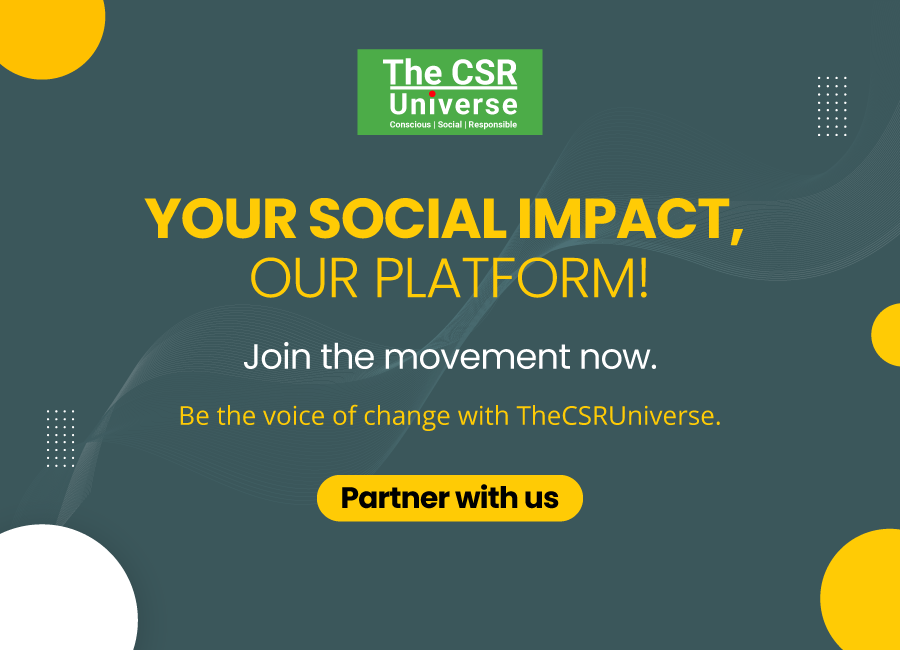



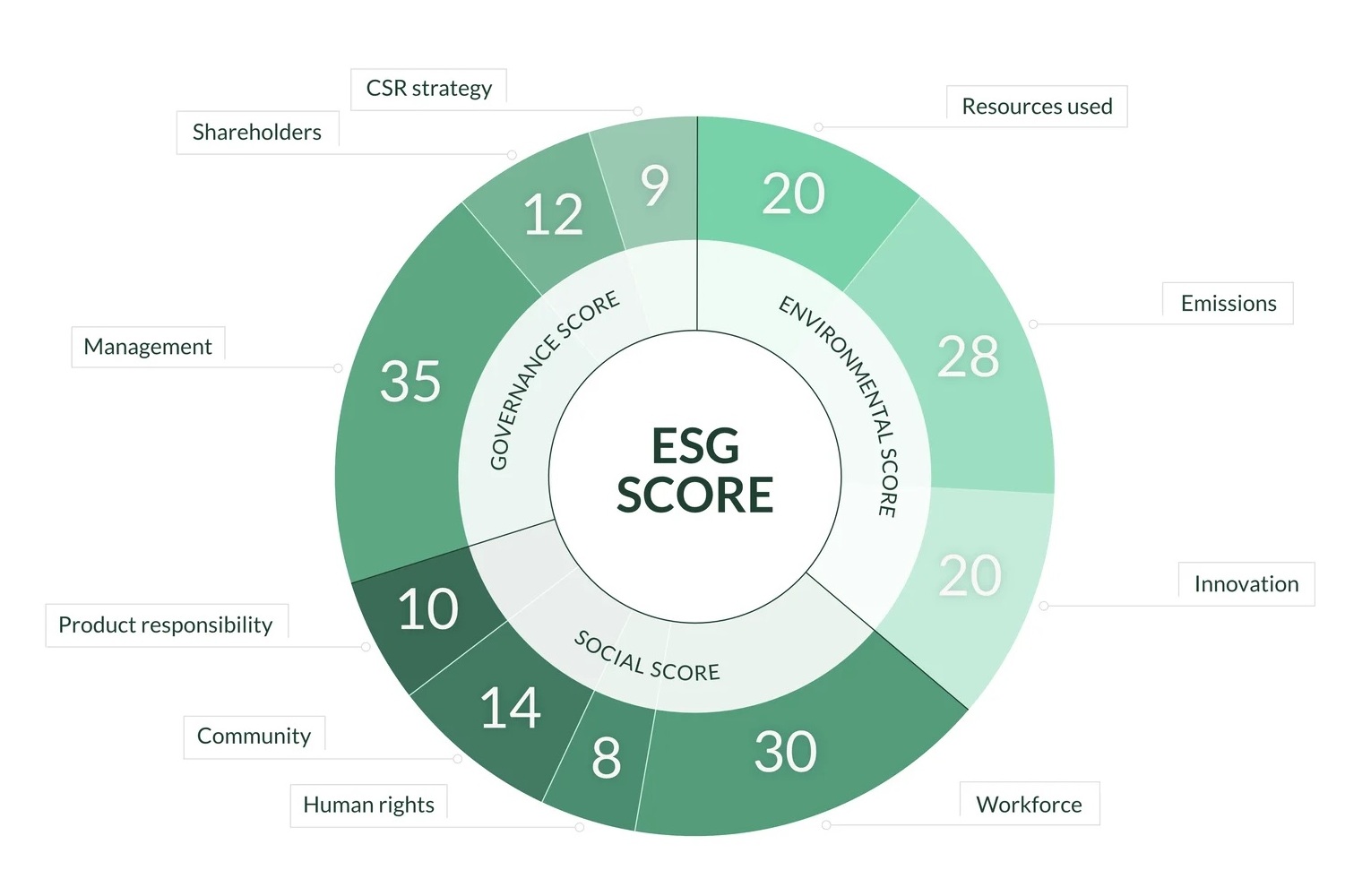

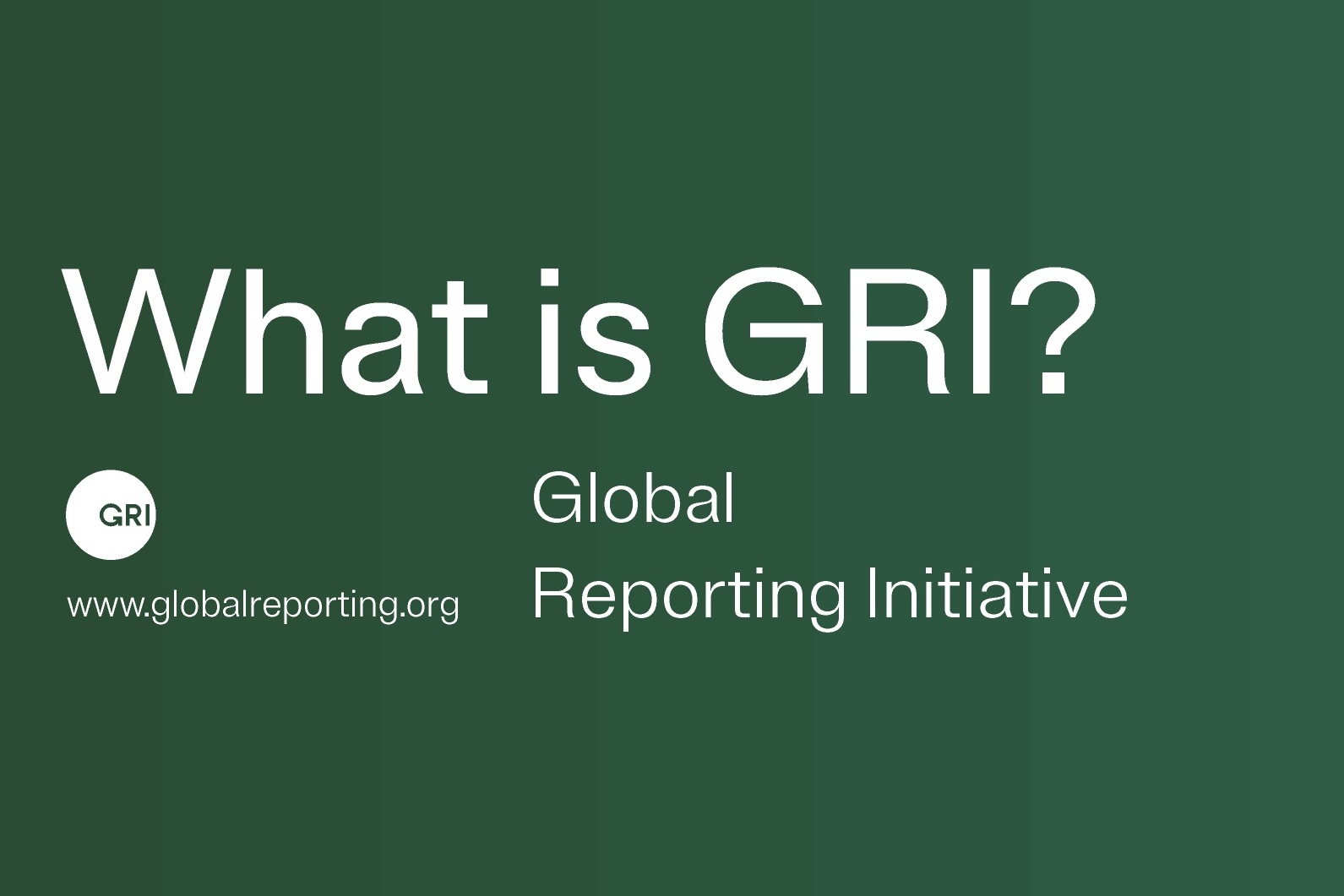
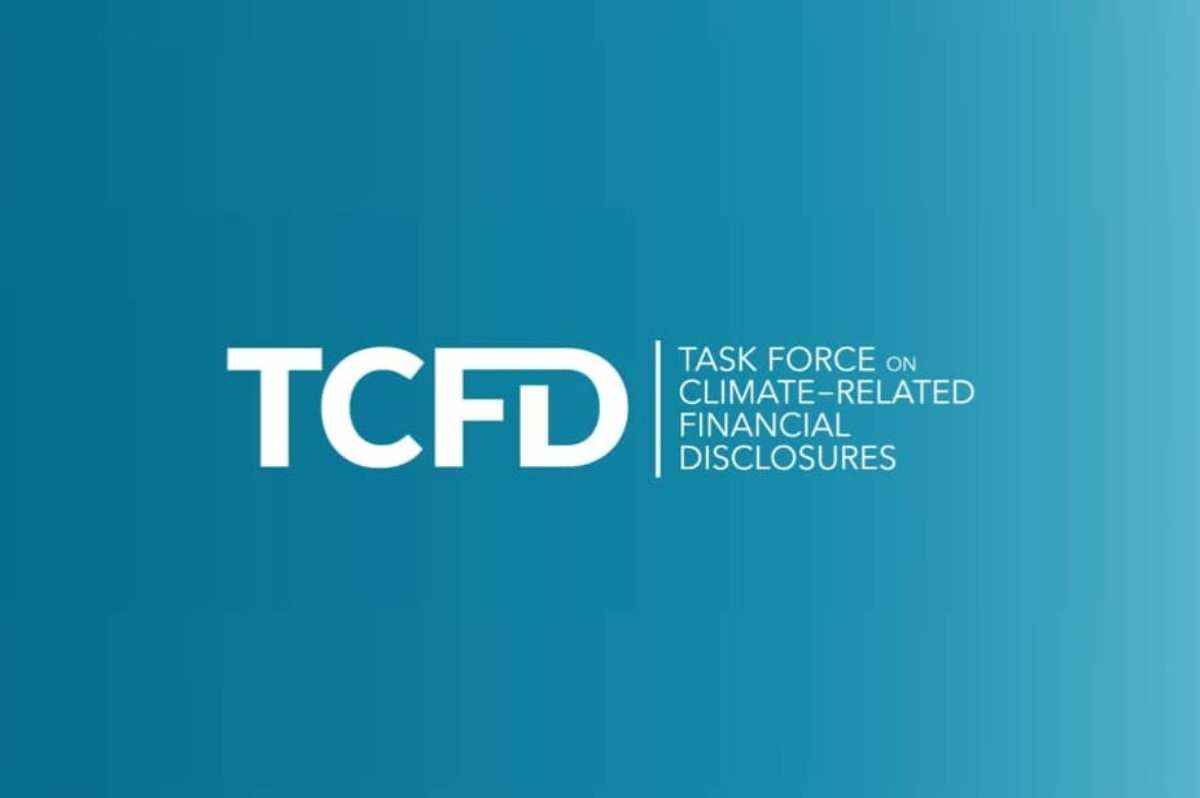


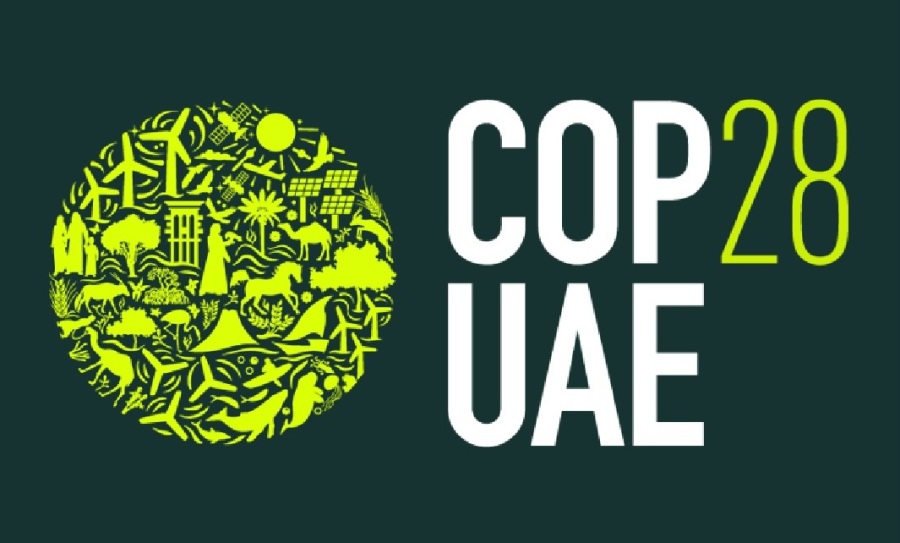

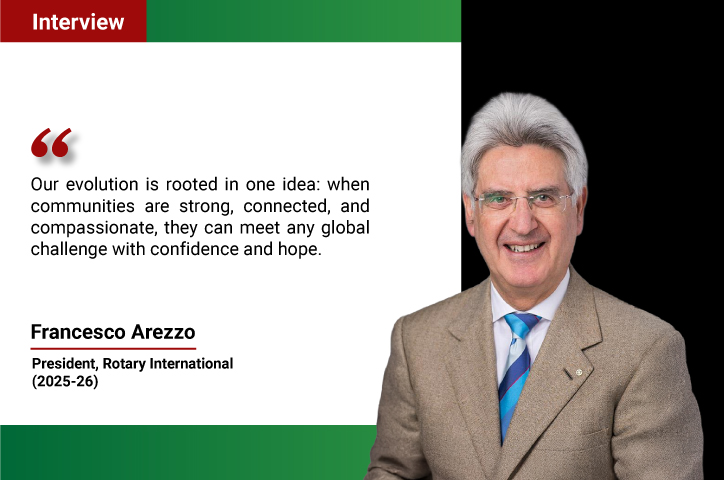




.jpg)
